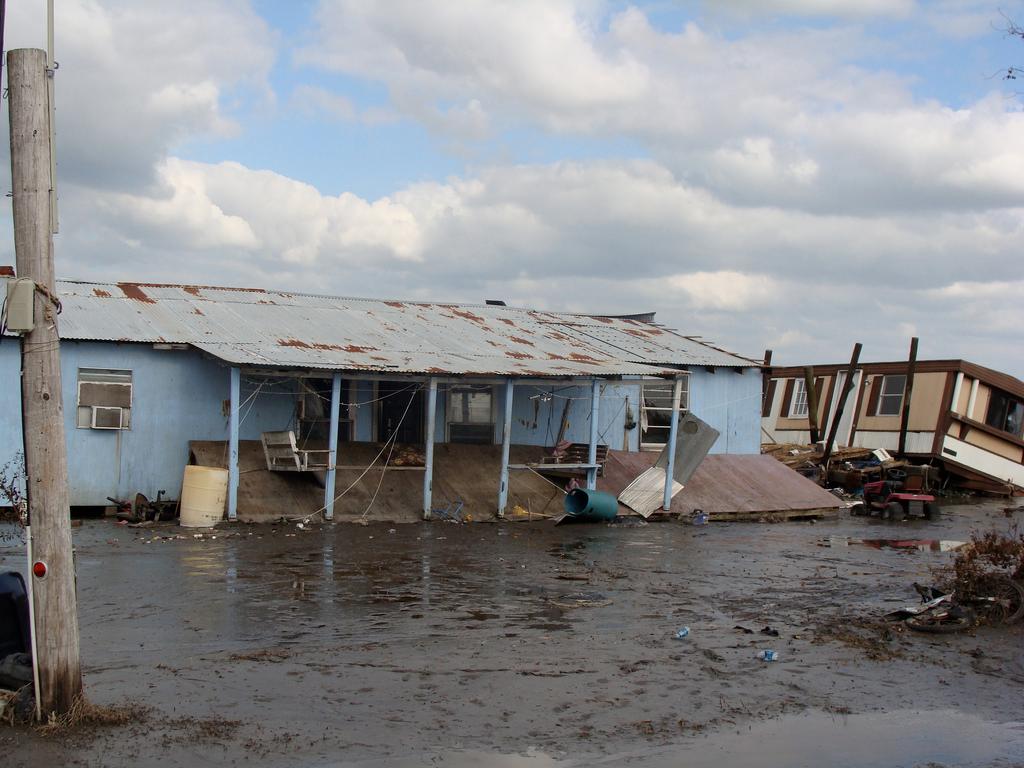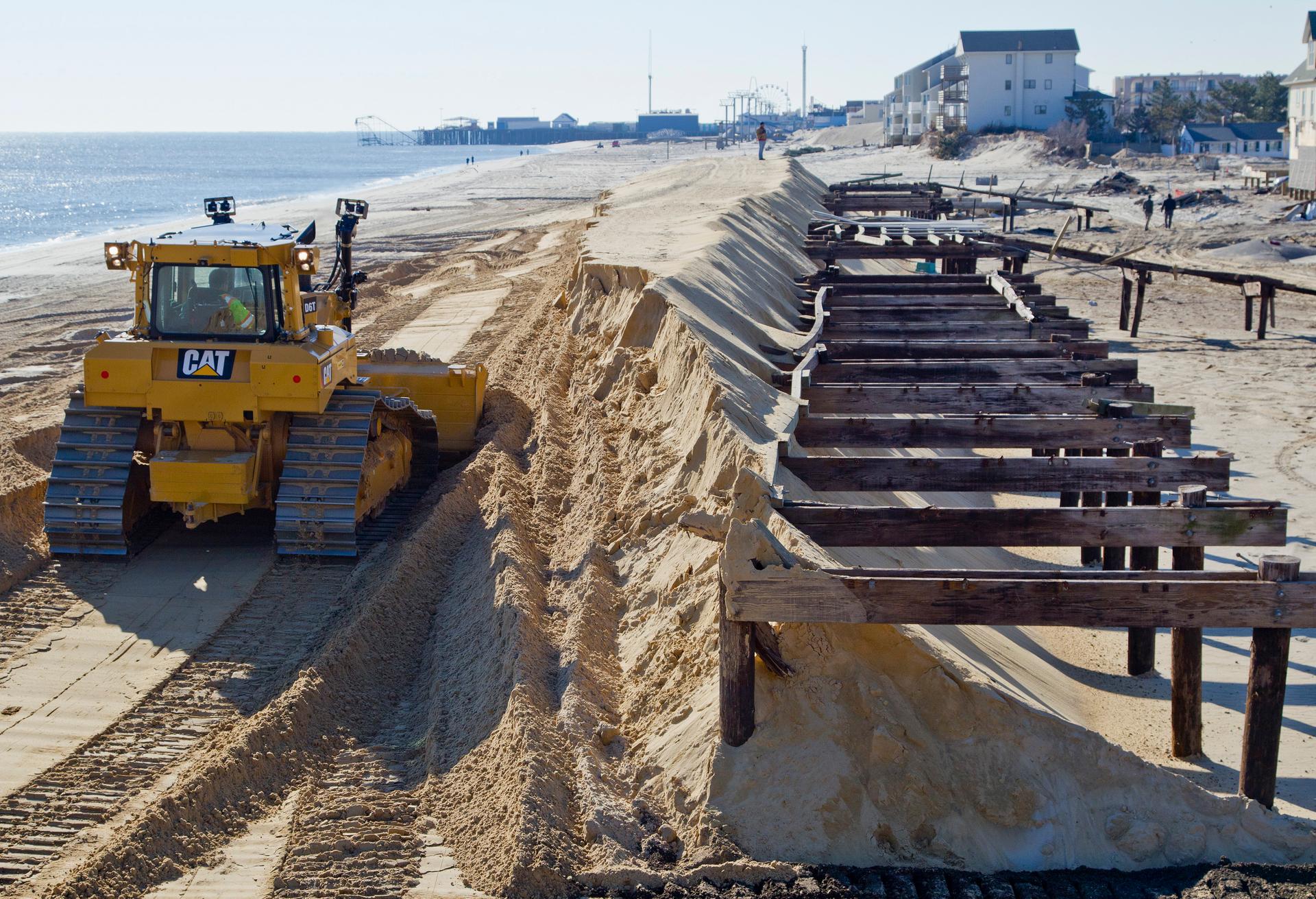Tide
Toxic Tide – Discovering the Health Effects of the Deepwater Disaster, Part 2
Gulf Coast residents wonder if their health complaints are connected to BP’s oil spill. In part two of this special report, scientists explain their search for answers in their data from the Deepwater disaster. They’re finding a number of ways people might have been exposed, from fumes rising off the oil and dispersants to a rare phenomenon known as “oil rain.”
Beach Erosion
Natural erosion along with human development is threatening 70-90 percent of the beaches on American shores. New York Times Science Editor Cornelia Dean, author of the book Against the Tide: The Battle for America’s Beaches, discusses these threats to America’s coastline with host Steve Curwood.
Estuary Series Part 2: Upstream Development and its Effects
On average, coastal counties are growing three times faster than other areas, and the population pressures one sees in some place like Great Bay in New Hampshire are even more visible at the southern end of Cape Cod, Massachusetts at Waquoit Bay. Intense development upstream from Waquoit generates a daily tide of household wastewater that […]
Toxic Tide – Discovering the Health Effects of the Deepwater Disaster, Part 2
Gulf Coast residents wonder if their health complaints are connected to BP’s oil spill. In part two of this special report, scientists explain their search for answers in their data from the Deepwater disaster. They’re finding a number of ways people migh


